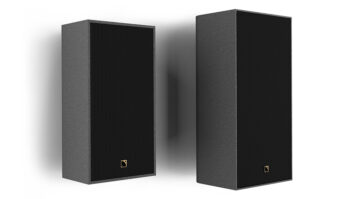David Starr JordanPresident Term1884 – 1891PredecessorSuccessorFirst President Term1891 – 1913PredecessornoneSuccessorBorn(1851-01-19)January 19, 1851DiedSeptember 19, 1931(1931-09-19) (aged 80)Alma materProfessionIchthyologist
David Starr Jordan (January 19, 1851 – September 19, 1931) was a leading , , , and . He was president of and was the founding president of .
[] Early life and education
Jordan was born in , and grew up on a farm in . His parents made the unorthodox decision to educate him at a local girls’ high school. He was part of the pioneer class of undergraduates at , graduating with a degree in botany. He obtained graduate education from and the Indiana University School of Medicine. While at Cornell, Jordan joined the fraternity.
His first wife Susan Bowen died after 10 years of marriage and he then married Jessie Knight Air Jordan Jumpman, with whom he had four children.
[] Career
He was inspired by to pursue his studies in ichthyology. He taught natural history courses at several small midwestern colleges before joining the natural history faculty of in 1879. In 1885, he was named President of Indiana University, becoming the nation’s youngest university president at age 34 and the first Indiana University president that was not an ordained minister. He improved the university’s finances and public image, doubled its enrollment, and instituted an elective system which, like Cornell’s, was an early application of the modern liberal arts curriculum.
In March 1891, he was approached by and cheap jordan shoes, who offered him the presidency of their about-to-open university, . He had been recommended to the Stanfords by the president of Cornell, . His educational philosophy was a good fit with the Stanfords’ vision of a non-sectarian Jordan Jumpman H Series II White Gray, co-educational school with a liberal arts curriculum, and after consulting his wife he accepted the offer on the spot. Jordan arrived at Stanford in June 1891 and immediately set about recruiting faculty for the university’s planned September opening. With such a short time frame he drew heavily on his own acquaintance in academia; of the fifteen founding professors, most came either from Indiana University or his alma mater Cornell. During his first year at at Stanford he was instrumental in establishing the university’s . He served Stanford as president until 1913 and then chancellor until his retirement in 1916. While chancellor, he was also elected president of the .
In addition to his work as Stanford president, Jordan was known for being a peace activist. He argued that war was detrimental to the human species because it removed the strongest organisms from the gene pool. Jordan was president of the World Peace Foundation from 1910 to 1914 and president of the World Peace Conference in 1915, and opposed U.S. involvement in .
In 1925, Jordan was an expert witness for the defense in the . That same year, he was a listed member in the and the University Club in San Francisco. Jordan served as a Director of the from 1892 to 1903. He served as a member of the initial board of trustees of the , a eugenics organization established in in 1928 in order to compile and distribute information about legislation in the Jordan Jumpman H Series II Gray Red, for the purposes of .







